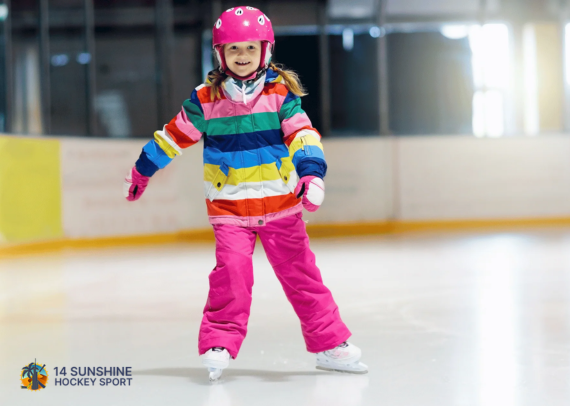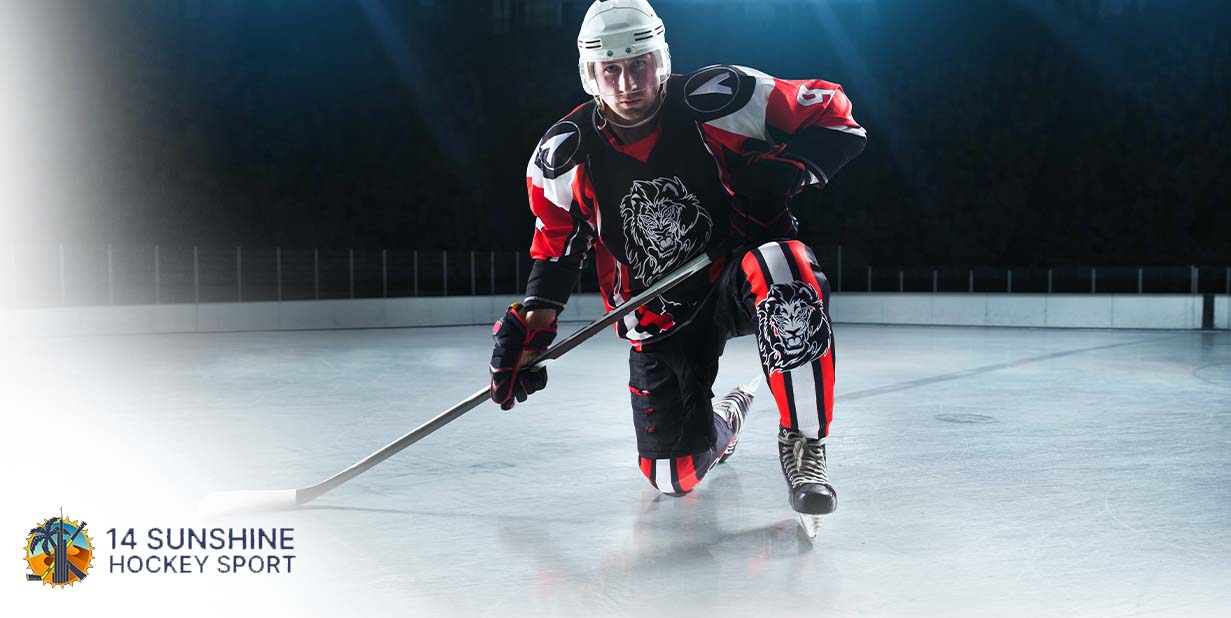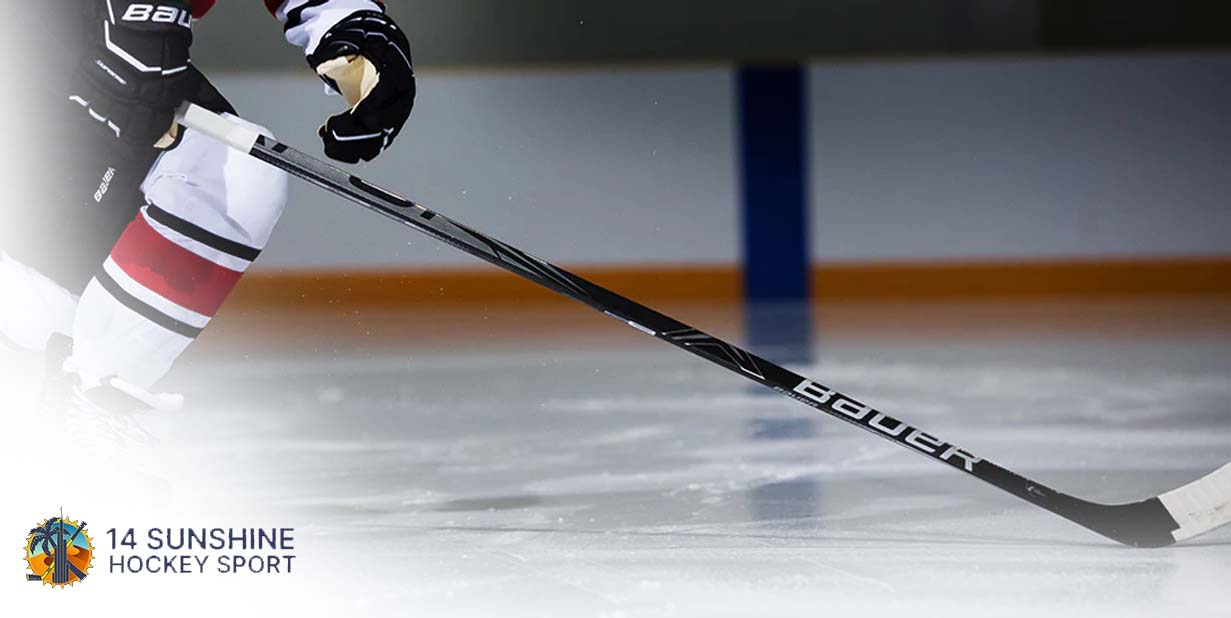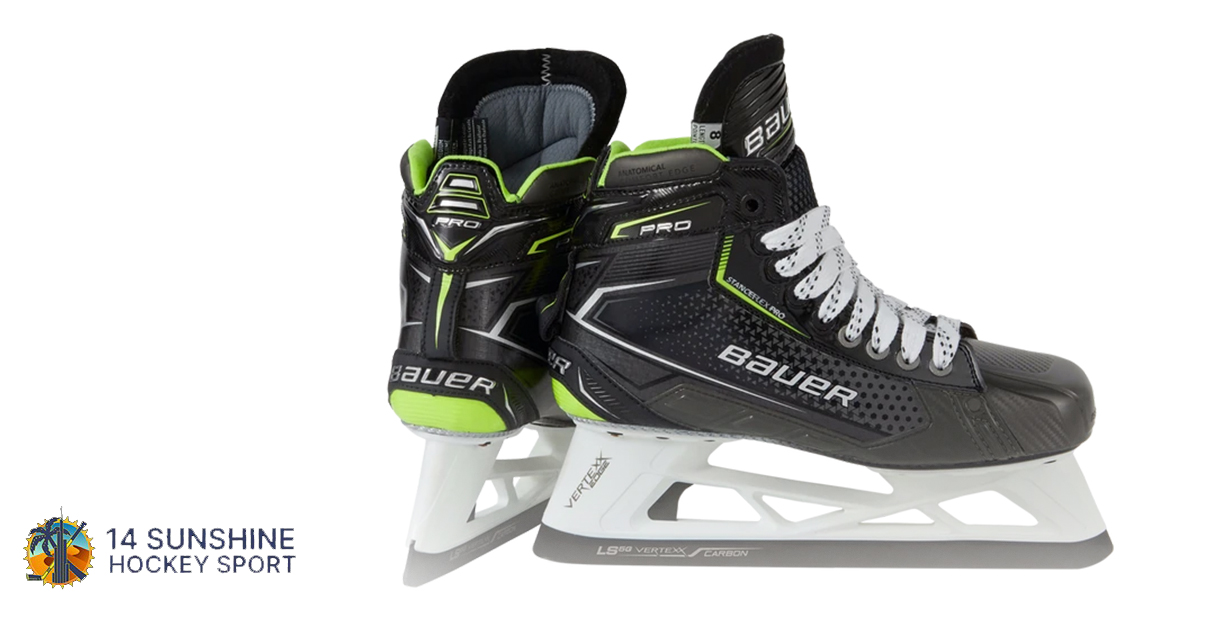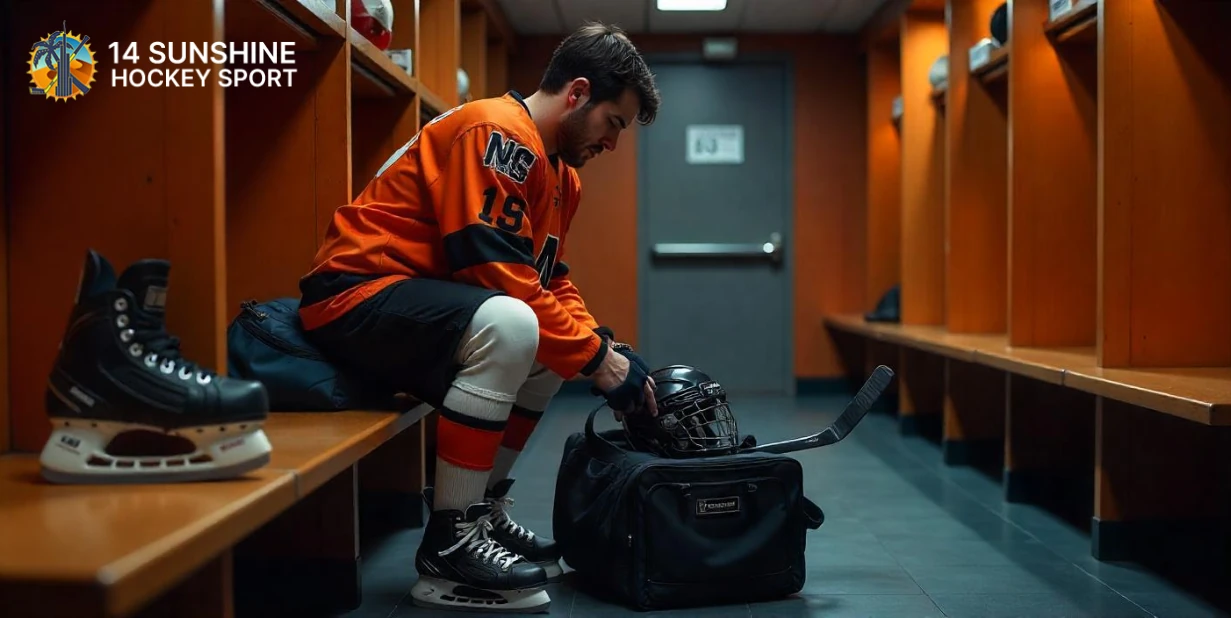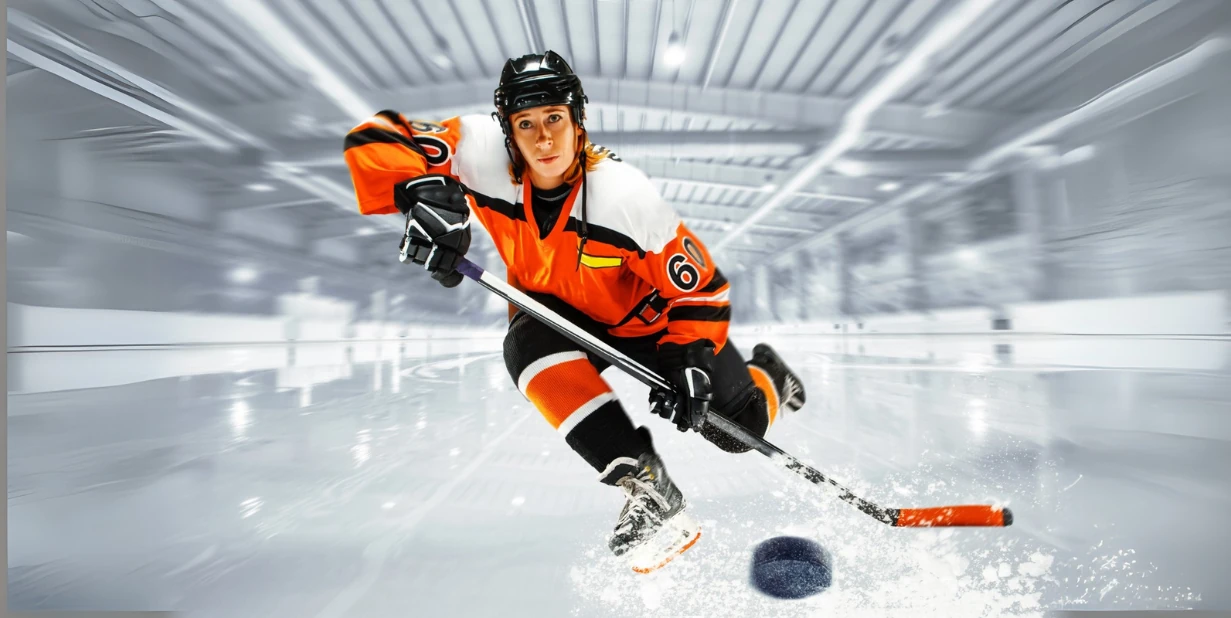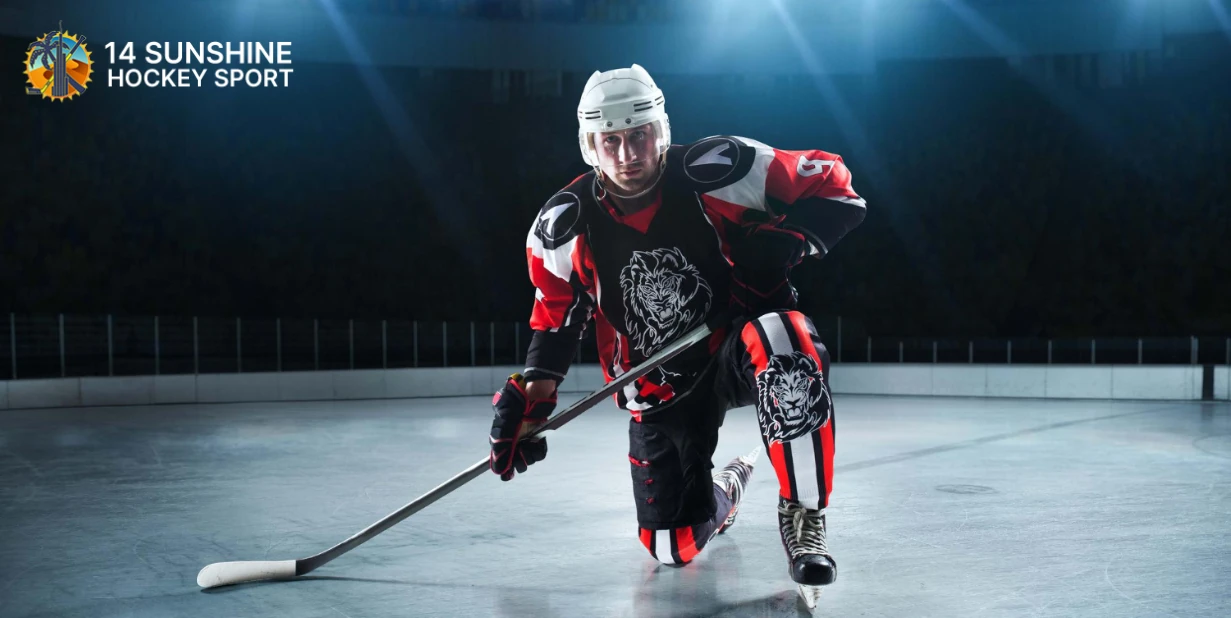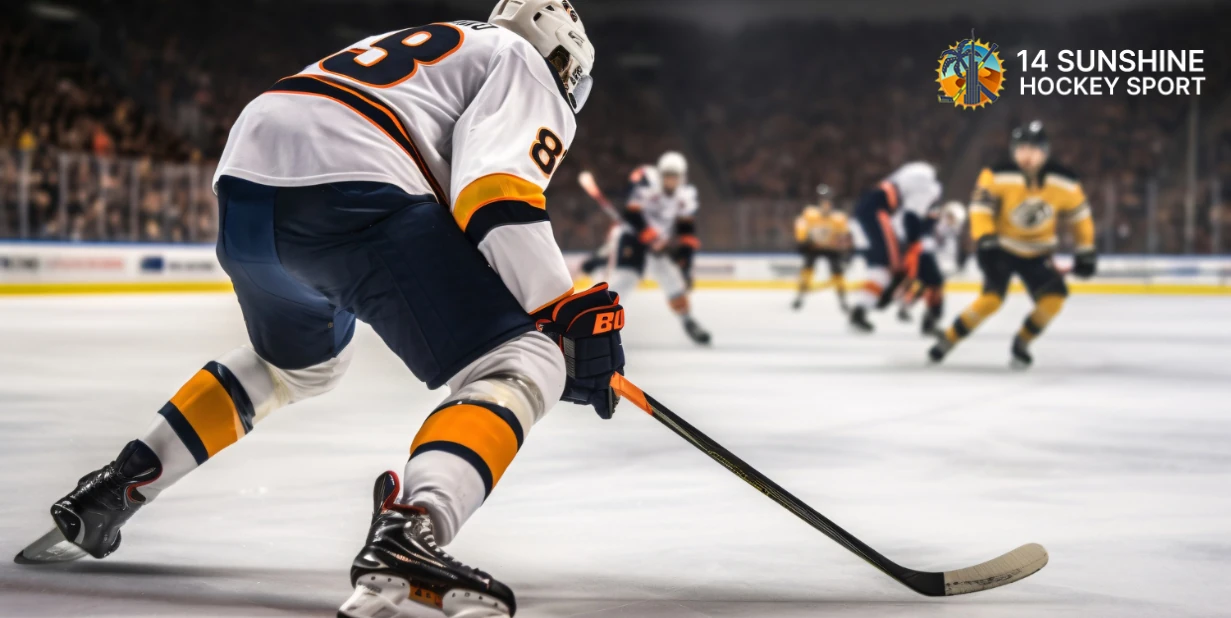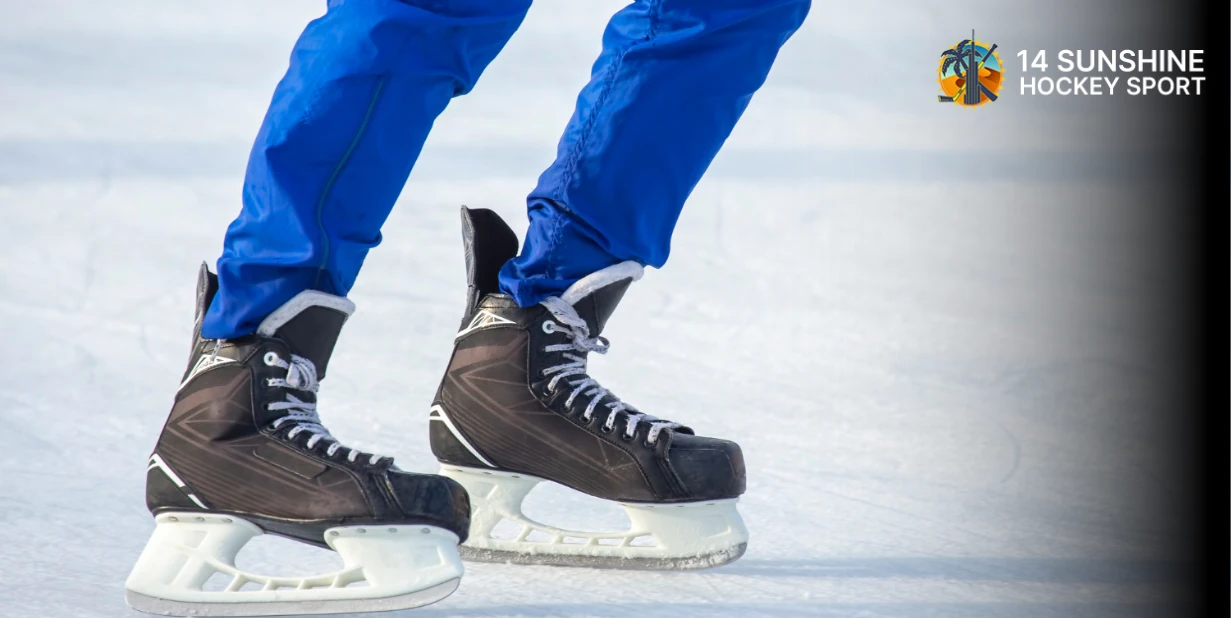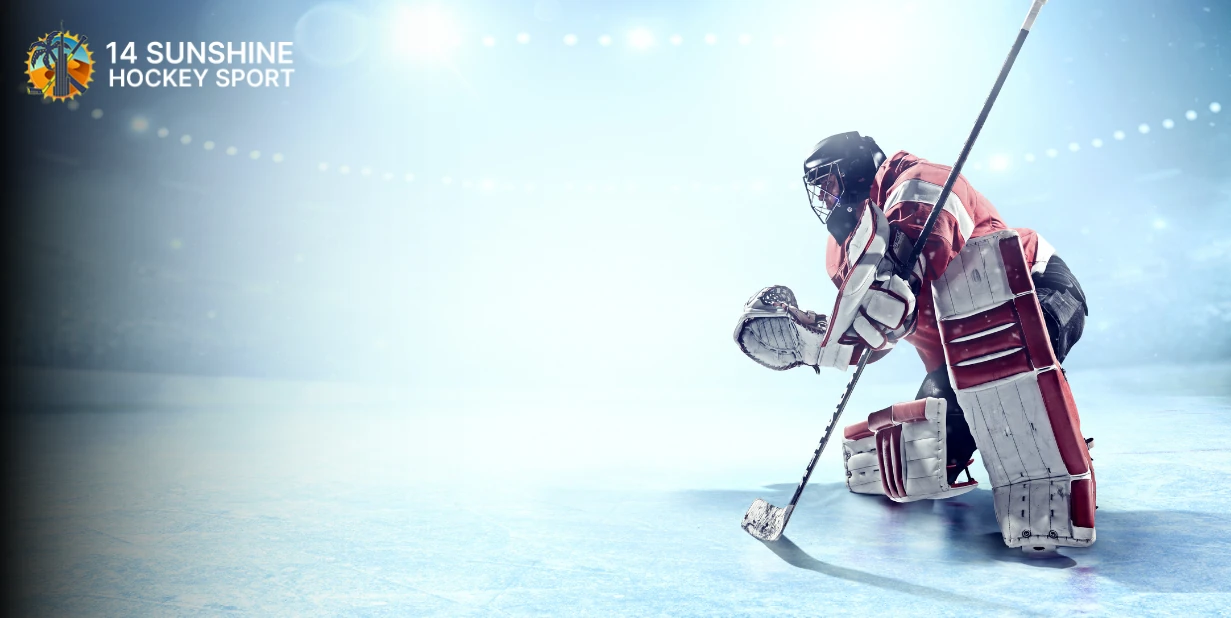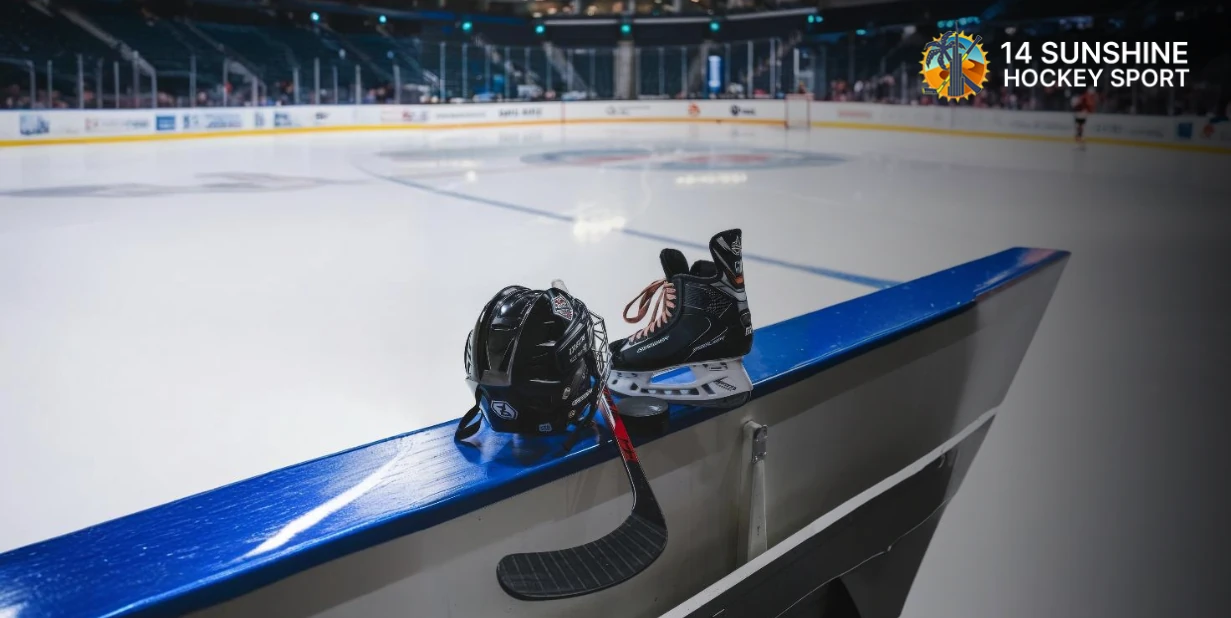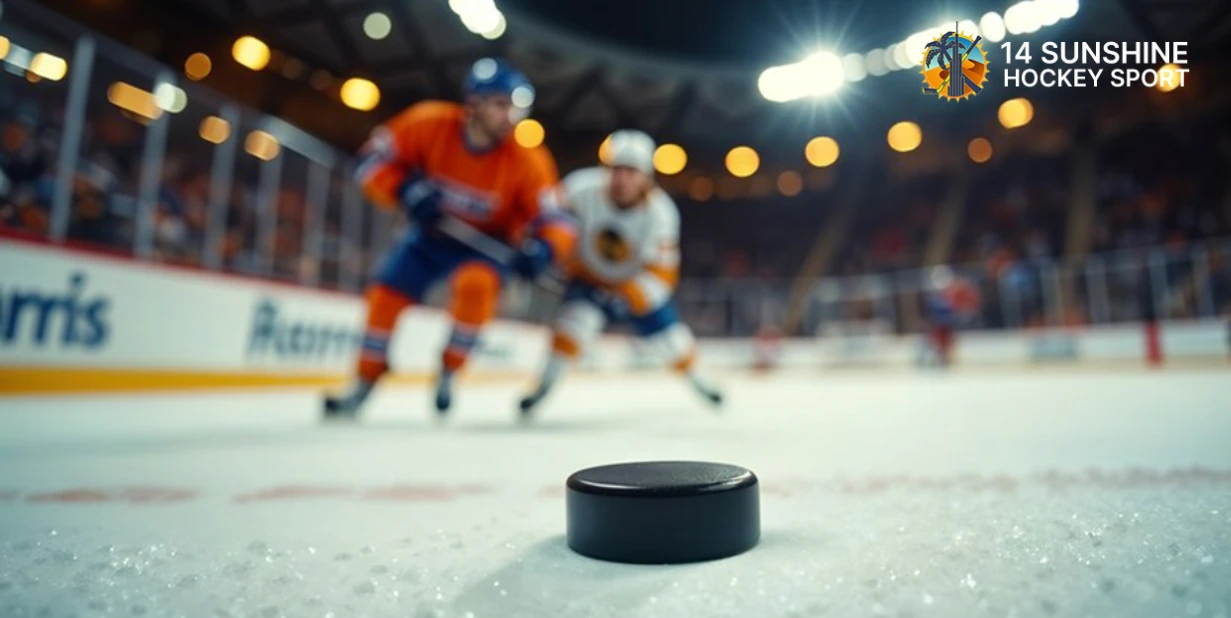How to Choose the Perfect Ice Skating Shoes for Beginners
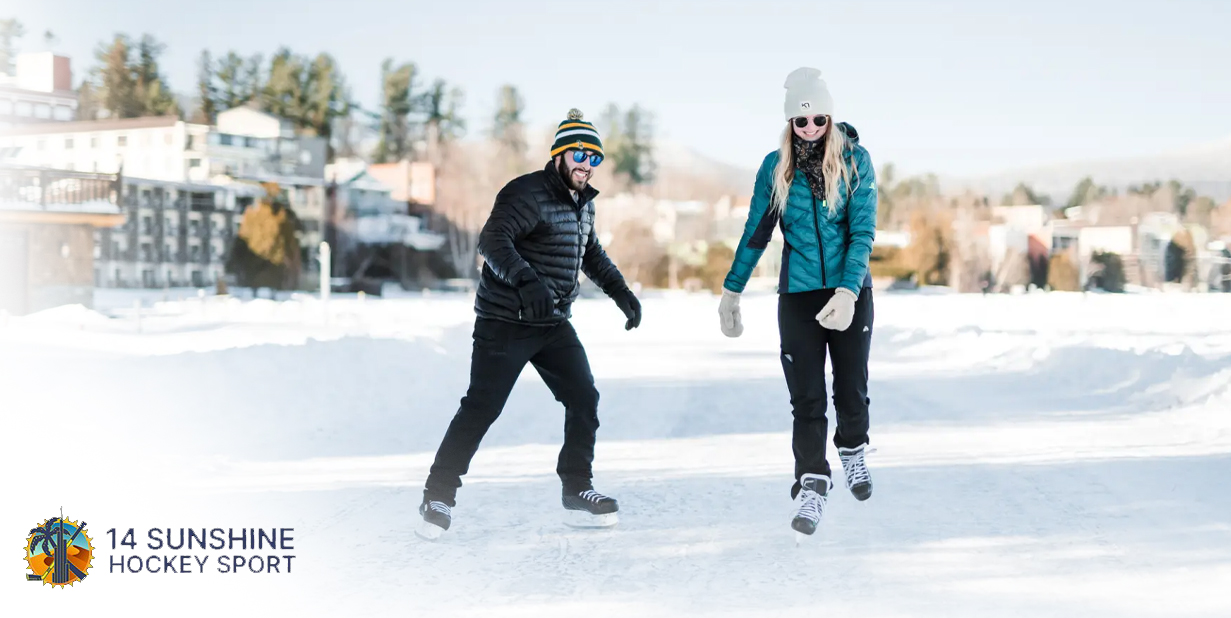
Ice skating is an exciting activity, whether you’re interested in figure skating, hockey, or just gliding around the rink for fun. But before you step onto the ice, you’ll need the right pair of ice skating shoes. For beginners, the choice can feel overwhelming with so many styles, fits, and features to consider.
This guide will walk you through everything you need to know to choose the perfect ice skates as a beginner.
Why Choosing the Right Skates Matters
Your skates are the most important part of your skating experience. A good pair of skates will:
- Keep your feet comfortable
- Support your ankles to prevent injuries
- Help you balance and glide smoothly
- Make learning easier and more enjoyable
On the other hand, poorly fitted or low-quality skates can cause blisters, sore ankles, and frustration on the ice.
1. Decide on the Type of Skating You Want to Do
The first step is to think about what kind of skating you’re interested in:
- Figure skating: These skates have longer blades with toe picks at the front for jumps, spins, and tricks.
- Ice hockey: Hockey skates are lighter and shorter, built for speed, quick turns, and stability.
- Recreational skating: These skates are designed for casual use. They usually offer comfort and warmth, perfect for beginners who just want to enjoy the rink.
Knowing your skating goal will help narrow down your choices.
2. Get the Right Fit
Fit is the most important part of buying ice skates. Too loose, and you’ll slip around. Too tight, and your feet will hurt.
Here’s how to make sure your skates fit properly:
- Snug but not painful: Your foot should feel secure without pinching.
- Heel lock: Your heel should not lift when you skate.
- Toe room: Toes should lightly brush the front of the boot but not feel cramped.
- Ankle support: The skate should hold your ankle firmly in place.
Tip: Always try skates on with the socks you plan to wear while skating.
3. Choose Between Leather and Synthetic Materials
- Leather skates: Offer durability and strong ankle support. They take more time to break in but mold to your foot for a custom feel.
- Synthetic skates: Lighter and easier to break in, often more affordable for beginners. They may not last as long as leather skates but are great for casual skating.
4. Pay Attention to Ankle Support
Ankle strength is crucial when learning to skate. Beginners often struggle with balance, so skates with good ankle support can prevent twisting or falling.
- Look for stiff boots that keep ankles upright
- Avoid soft, floppy boots that offer little support
5. Consider the Blade
The blade is just as important as the boot. As a beginner, you don’t need advanced features, but here’s what to keep in mind:
- Sharpening: New skates often need to be sharpened before use
- Length: Figure skate blades are longer, which helps with balance
- Toe picks: Only figure skates have toe picks. These help with tricks but can trip you up if you’re not careful
6. Think About Comfort
Comfort will keep you motivated to practice. When choosing skates:
- Look for padded interiors that prevent rubbing
- Make sure the tongue and lining are soft but supportive
- Test walking in them to see how they feel before hitting the ice
Some skates even have heat-moldable liners, which shape to your foot for extra comfort.
7. Don’t Buy Too Big
Many beginners make the mistake of buying skates one or two sizes bigger for “growing room” or to fit thick socks. This will only make skating harder and more dangerous.
- Buy skates that fit your current foot size
- If buying for kids, choose skates with adjustable sizing instead of oversized boots
8. Pick the Right Socks
The socks you wear with your skates matter more than you think. Thick cotton socks can cause blisters and make your feet sweat. Instead:
- Wear thin, moisture-wicking socks
- Make sure they fit snugly without bunching
- Avoid doubling up on socks, which reduces control
9. Set a Budget
Skates come in a wide range of prices. For beginners:
- Recreational skates: $50–$150
- Figure or hockey skates for beginners: $100–$300
- Higher-end models: $400 and above
You don’t need professional-level skates as a beginner. Focus on comfort and support within your budget.
10. Try Before You Buy
Whenever possible, visit a skate shop and try on different models. Skates fit differently across brands, so testing them helps you find the right match.
Check for:
- How they feel when laced up
- Ankle support and heel lock
- Pressure points or discomfort
Walk around the shop before deciding. Remember, skates feel stiffer than regular shoes, but they should not hurt.
11. Consider Renting First
If you’re unsure about committing, try renting skates at a rink first. This gives you a feel for figure skates vs. hockey skates and helps you learn what you like before investing in a pair.
12. Take Care of Your Skates
Once you’ve chosen your perfect pair, caring for them will keep them in good condition:
- Dry them after every use to prevent rust
- Use skate guards when walking off the ice
- Sharpen blades regularly for smooth gliding
- Store them in a cool, dry place with soft soakers
Conclusion
Choosing the perfect ice skating shoes as a beginner doesn’t have to be complicated. Think about what type of skating you want to do, make sure you get the right fit, and focus on comfort and support. With the right pair of skates, learning to glide across the ice will be easier, safer, and a lot more fun.
Take your time, try a few pairs, and invest in skates that fit you well. The right shoes are the first step to building confidence and enjoying the magic of ice skating.

